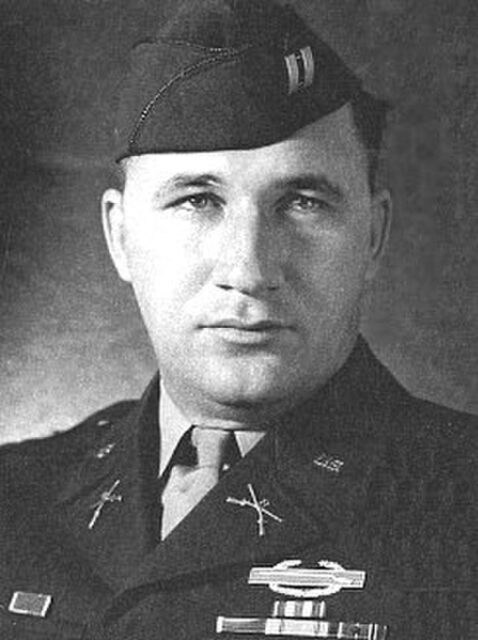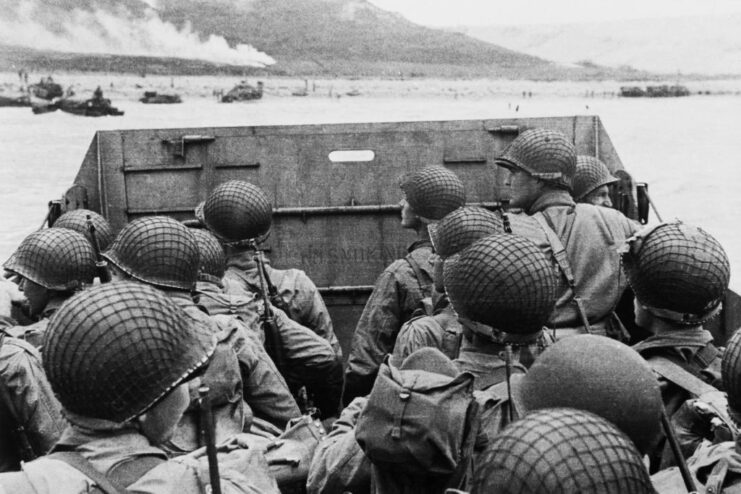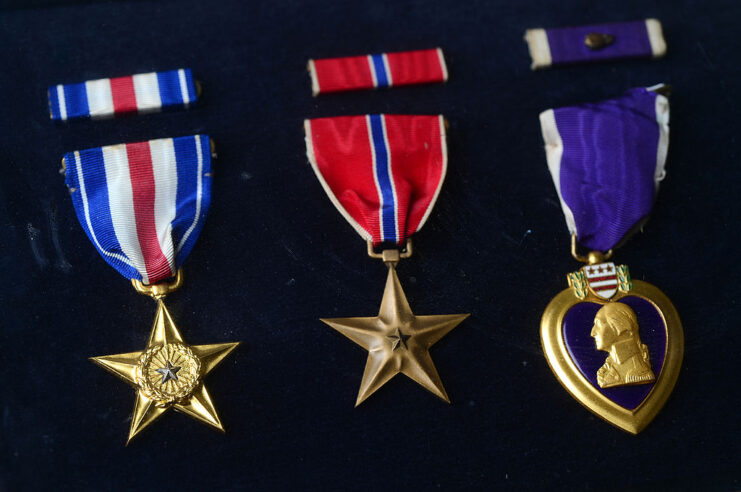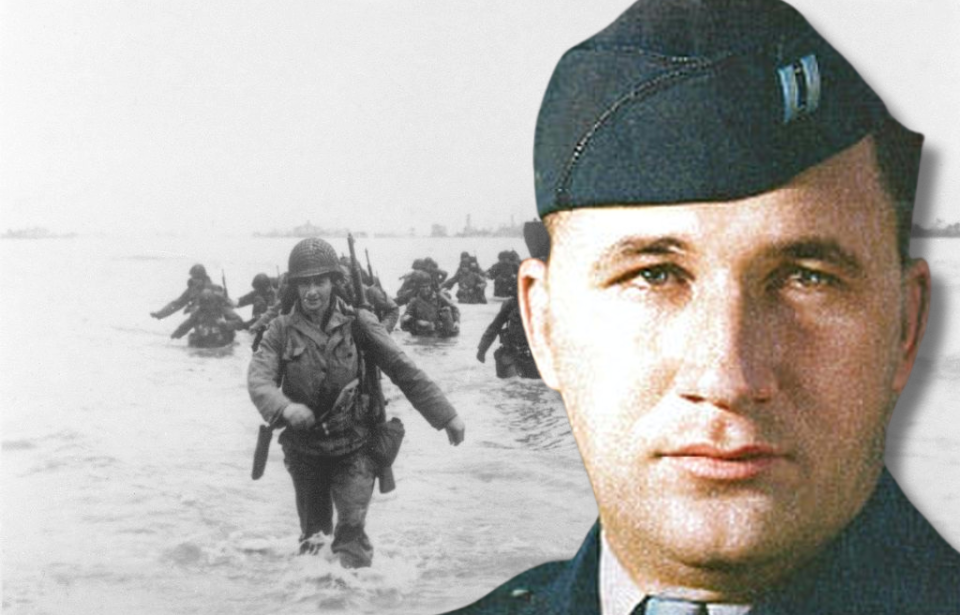Leonard T. Schroeder Jr. occupies an important place in history as the first Allied soldier to step onto Normandy during D-Day. Serving as the commander of Infantry Rifle Company F, 2nd Battalion, 8th Infantry Regiment, 4th Infantry Division, his landing craft was one of the first to arrive at Utah Beach, where he led his men ashore under intense enemy fire.
Schroeder’s leadership, along with the efforts of the troops who landed in France on that pivotal day, changed the course of the Second World War, signaling the beginning of Germany’s decline in Europe.
Leonard T. Schroeder’s early life

Leonard T. Schroeder, born on July 16, 1918, in Linthicum Heights, Baltimore, Maryland, was a talented athlete recognized for his exceptional leadership abilities. While attending the University of Maryland on a full athletic scholarship, he joined the Reserve Officers’ Training Corps (ROTC) program, earning a commission as a second lieutenant in 1941.
Before the United States officially entered World War II, Schroeder was stationed at Camp Gordon, Georgia, where he trained soldiers in the 8th Infantry Regiment, 4th Infantry Division. After the nation entered the war, he assumed command of Infantry Rifle Company F, 2nd Battalion, which was training in Florida.
First Allied soldier to step foot in Normandy on D-Day

On the morning of June 6, 1944, Leonard T. Schroeder was on board the first Landing Craft, Vehicle, Personnel (LCVP) to reach Utah Beach, the very one carrying Brig. Gen. Theodore Roosevelt, Jr., son of former US President Teddy Roosevelt. As the first wave of vessels neared the shore, Allied air support shelled German positions, creating craters in the ground and seafloor. These craters forced Schroeder’s LCVP to stop short and lower its ramp.
The US Army captain then led the men of Infantry Rifle Company F through waist-deep seawater, holding his weapons high above his head to keep them dry. The rough waters and heavy enemy fire made their landing perilous, but their resolve remained steadfast.
The mission of Infantry Rifle Company F was to penetrate German defenses and push inland to liberate the village of Sainte-Marie-du-Mont. Although Schroeder was shot in the left arm, he pressed on. It was only after a second gunshot that he finally stopped, later waking up on a stretcher after suffering severe blood loss.
Turning to his side, Schroeder saw a tag on his arm indicating he needed an amputation. Determined to keep his arm, he tore off the tag, refusing to let doctors perform the amputation—and even declined morphine during his evacuation, fearing the operation might occur while he was unconscious.
In the end, doctors managed to save his arm, though Schroeder was unable to return to the frontlines. Instead, he returned to the United States, where he helped promote the sale of war bonds.
Leonard T. Schroeder continued to serve

After World War II, Leonard T. Schroeder continued his military career, first serving in Japan as part of the occupation forces, then in Korea, Vietnam and in various postings across Europe. During the Korean War, he was an air operation officer, tasked with coordinating bomb strikes and air support for ground troops.
Schroeder’s service spanned 30 years, during which he held various command positions and contributed to military strategy and training. His bravery and leadership earned him numerous decorations, most notably the Silver Star with “V” Device, the Bronze Star and the Purple Heart.
In 1971, Schroeder retired from the US Army, having reached the rank of colonel. He and his wife settled in Largo, Florida, where he remained active in veterans’ organizations and shared his experiences with those willing to listen. In an interview with VSD in 1994, he commented on his actions on D-Day, saying:
“Today, I realize that to be the first man ashore is an immense honor, yet I do not merit it more than anyone else. Five of my men died down there at Normandy. They alone are the heroes.”
More from us: Chiune Sugihara: The Japanese ‘Schindler’ Who Saved Thousands of Lithuanian Jewish Refugees
Want to become a trivia master? Sign up for our War History Fact of the Day newsletter!
Leonard T. Schoreder passed away on May 26, 2009, at the age of 90. His life and service have been commemorated with various honors, including his induction into the Army ROTC Hall of Fame.
